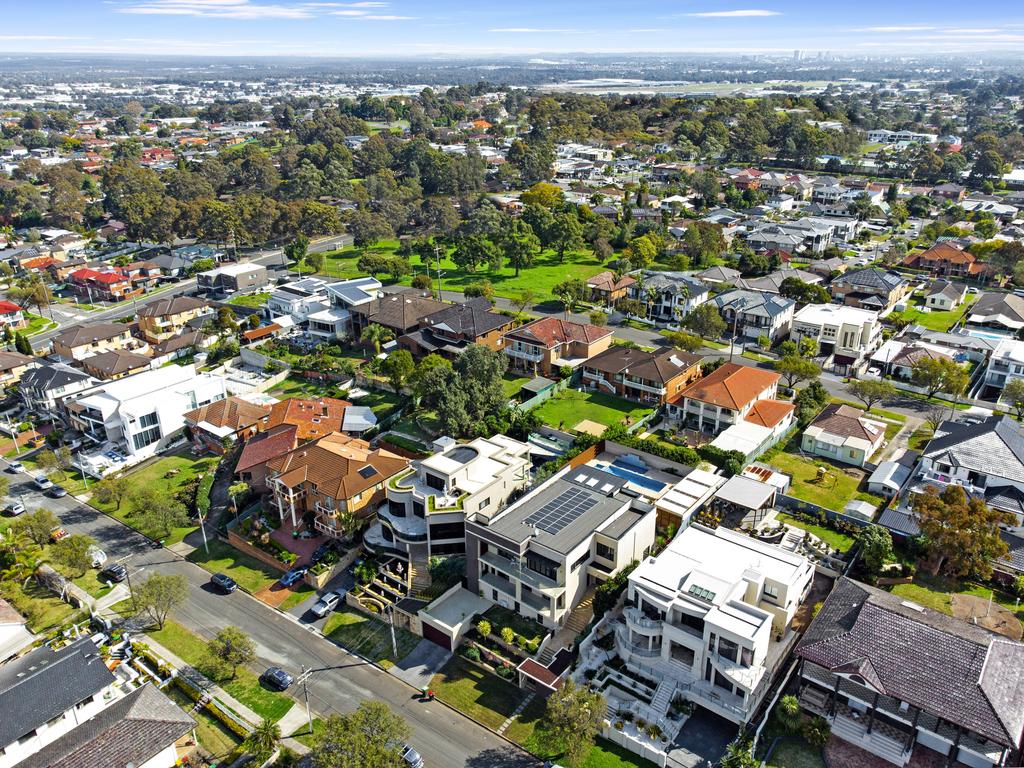Australia’s housing crisis ‘decades in the making’
Australia’s housing crisis is the result of decades of epic mismanagement but there are signs things might be turning a corner.
The deterioration of housing affordability and continued low levels of new housing supply in 2024 were “stark reminders that Australia is still very much in a housing crisis that has been decades in the making”.
However, there are signs of slight improvement in parts of the housing system, according to Susan Lloyd-Hurwitz, chair of National Housing Supply and Affordability Council.
In an annual update to federal Housing Minister Claire O’Neil, the council acknowledges the national supply of new housing is near its lowest level in a decade, with about 177,000 dwellings completed in 2024, significantly short of underlying demand of 223,000.
MORE: Price of car spot proves Sydney has lost it

The supply of higher-density apartments was particularly weak, with only 65,000 new higher-density dwellings built in 2024, well below the peak of 106,000 in the year to September 2017. By contrast, detached housing supply has shown more resilience, with about 111,000 detached houses completed in 2024, which is similar to pre-Covid average levels.Underlying demand – which reflects demographic factors such as population growth and the age structure of the population – is expected to slow to 175,000 households per year from 2025-26.
The report acknowledges 938,000 dwellings are forecast to be completed during the Housing Accord period, which falls short of the 1.2 million target. The net new supply is expected to total 825,000 over the Housing Accord period, which is 79,000 dwellings fewer than expected after accounting for the expected demolition of around 113,000 dwellings.
Detached housing is tipped to be about two-thirds of new supply over the period, with medium-and higher-density dwellings set to remain low relative to the previous decade. This supply of detached houses is expected to reach a three-decade high by the end of the five-years, with a stabilisation of construction costs and an easing of financing constraints as interest rates decline.
MORE: Bizarre feature of Hemsworth’s $50m Byron Bay home

The council expects new supply of higher-density housing will remain low relative to the previous decade, as poor project feasibility weighs on new supply and the low levels of approvals currently in the system interact with long lead times.
Structural constraints include an inadequate pipeline of skilled workers; scarce, fragmented and costly land suitable for development; and low rates of productivity and innovation in construction.
Supply is also being affected by elevated material costs, labour shortages and high financing costs, which are easing but remain a headwind.
Significant systemic reform, government support measures and industry innovation are needed to improve housing supply and affordability outcomes.
All states and territories are projected to fall short of their share of the Housing Accord target.
NSW is at only 65 per cent of its target, despite the state government measures to boost supply.
MORE: Major money trap Aussies are falling for
Originally published as Australia’s housing crisis ‘decades in the making’



